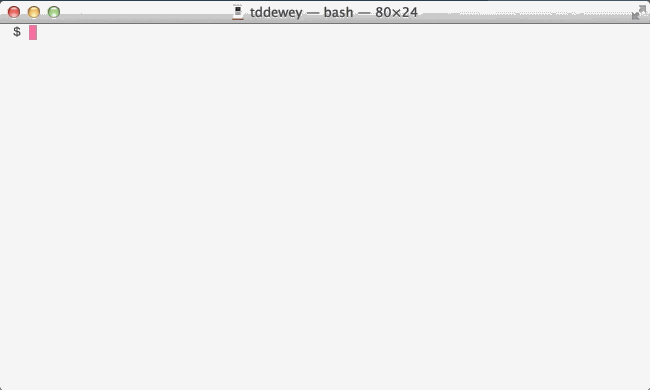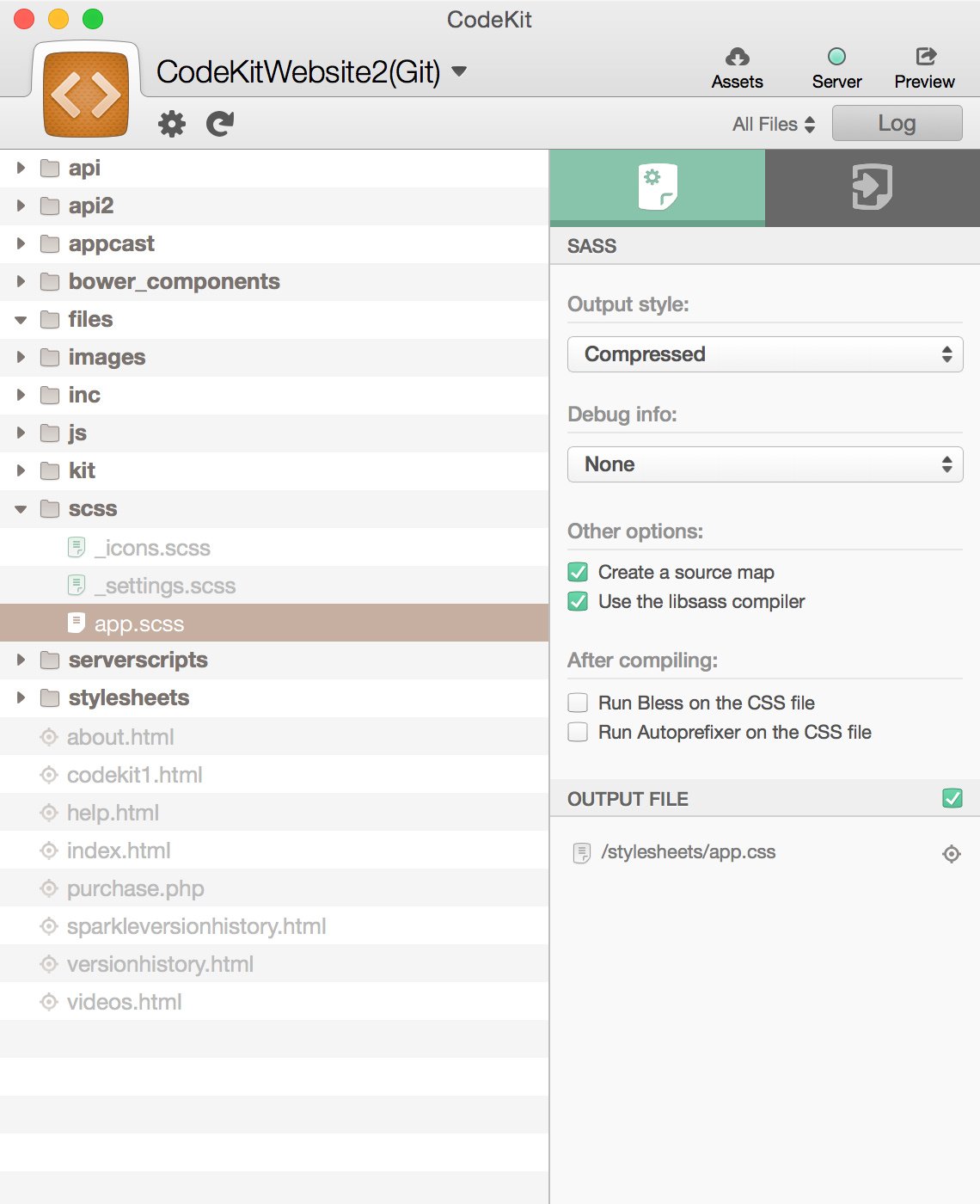Grunt is a task-based command line build tool for JavaScript projects. Grunt, in many ways, was the starting point of many other similar workflow tools to enter the market. It is the perfect tool to use for automating several JavaScript development tasks.
By using Grunt, you’re giving yourself more space for productivity. Grunt allows you to lint and minify your files on the fly, as well as perform unit testing tasks that would usually require a whole new process. I’m quite fond of using the Grunt-WP-Theme repository on GitHub, it was built by Eric Mann – and here is a demo of how to use it.

You can clearly see how using such a task management tool would ease your development process, no more depending on the good old ‘write and save’ methods, instead – using a workflow tool like Grunt is going to save you hours of development time, and not just in the field of WordPress; it works for any project that you can imagine.
What Exactly Can Grunt Do?
The possibilities of Grunt are endless, imagine using Grunt to accelerate your WordPress development process, then apply the same process to any other CMS or Library out there. It works great with almost everything, especially Node.js packages. I recommend to read this article that shows the global uses of Grunt, in a context.
The Grunt ecosystem is huge and it’s growing every day. With literally hundreds of plugins to choose from, you can use Grunt to automate just about anything with a minimum of effort. If someone hasn’t already built what you need, authoring and publishing your own Grunt plugin to npm is a breeze.

In this particular post, we want to explore the options when it comes to improving our WordPress theme development process, so here is a list of libraries that I use, and many other theme developers do as well, in no particular order:
- Compass — Compass is a an framework for the SASS pre-processor. It allows the developer to build stylesheets on the fly, because of the built-in catalog of mixins and functions. It has advanced tools for spriting, and offers many workflow improvements.
- UglifyJS — JavaScript file minification and concatenation is a part of anyone’s development workflow. Smaller files mean faster speeds, and that’s what JS is all about – speed.
- Watch — This is a tool that also watches for file system changes. But rather than re-starting a process when something changes, it allows you to do a number of other things including running various Grunt tasks.
- JSHint — You’re always required to check your files against errors, this dependency makes it incredibly easy.
- ImageMin — The Web is bloated with large images and slowly loading pages, use this dependancy to automatically optimize all types of images on your projects. Soon, we might not need this.
- RSync — Looking to do some server-to-server tasks? Why use a separate program or application to do this, if Grunt has such a library available on the fly? It really does go to show how flexible it can be.
The Benefits of Grunt
I can understand if none of the above have made any sense yet, but to put everything into context, here are the actual benefits when it comes to developing themes and plugins for WordPress using Grunt as a task manager tool:
- Easy to compile SASS & LESS files
- Easy to minify and concatenate without external plugins
- Reduce server requests; one CSS file, one JavaScript file
- Automatically verified code, always valid
- Team workflow possible if using the same build scripts
- Fully optimized code for using on production servers
it clearly goes to show that we can save a lot of time, so what would be the greatest reason not to use Grunt? It can take a while to learn, but Chris Coyer from CSS-Tricks wrote a magnificent article that will help any developer or enthusiast to get started within minutes. It’s not as hard as you think.
The Next Step
You might be one of the people using CodeKit; but keep in mind that while this app is really great, not everyone can afford a Mac, and not everyone can afford to purchase premium applications, no matter how small the fee is. Yes, using a GUI application for task processing is much more appealing to the eyes, but we need something that works on all platforms.

I had to spend hours reading tutorials and guides by those who’ve worked with Grunt for years, before really grasping the full benefit of this tool; but once you’ve got the learning curve past you, there is so much free time on your hands to spend on developing, you’ll wish you had found Grunt earlier.
You might also want to explore Gulp.js, which is aimed mostly at helping to overcome speed and efficiency issues, but Grunt seems to have a more stable approach to a development workflow.
Would you like to see more on this topic, and have you heard of Grunt before?


Very useful blog post. Appreciate It!
Really great! Thanks.